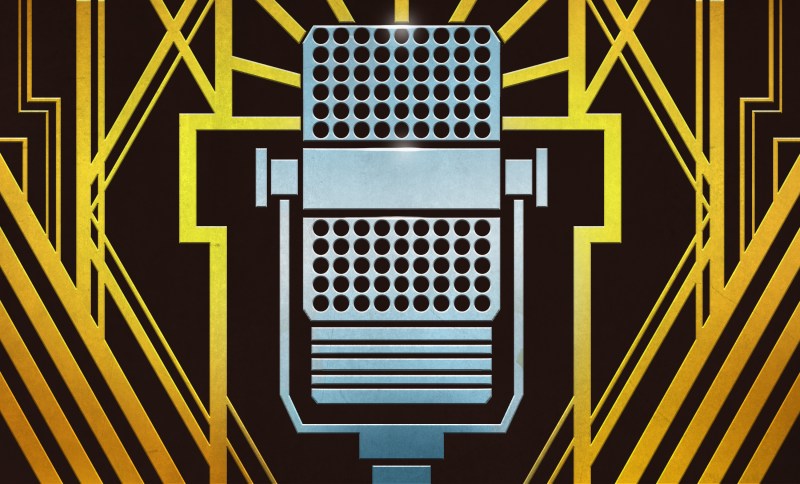Hackaday editors Mike Szczys and Elliot Williams celebrate the 100th episode! It’s been a pleasure to marvel each week at the achievements of awesome people and this is no different. This week there’s a spinning POV display that solves pixel density and clock speed in very interesting ways. A macro keyboard made of OLED screens gives us a “do want” moment. And you can run a Raspberry Pi photo frame by sipping power from ambient light if you use the right power-tending setup. We wrap up the last episode of 2020 with a dive into ballpoint pens and solar racers.
Take a look at the links below if you want to follow along, and as always, tell us what you think about this episode in the comments!
Direct download (~65 MB)
Places to follow Hackaday podcasts:
Episode 099 Show Notes:
New This Week:
- We zero indexed by starting the podcast with the 2018 Year in Review… so this is our 100th episode!
- Remoticon Video: Getting Started with Max
Interesting Hacks of the Week:
- Over-Engineered Bottle Opener Takes The Drudgery Out Of Drinking
- Solar Pi Zero E-Paper Photo Frame Waits For The Right Moment
- Bringing Full Colour PCB Art To Production
- Adaptive Macro-Pad Uses Tiny OLED Screens As Keycaps
- Edge-Mounted LEDs Make This Spherical POV Look Fantastic
- A SNES, Ray Tracing
- POV-ray is Elliot’s favorite ray tracer.
Quick Hacks:
- Mike’s Picks:
- Elliot’s Picks:

















Merry Christmas
It’s not that people misunderstand the Solar Challenge for something it isn’t, but the actual teams and their backers, and the competition organization itself sells the concept of the Cruiser class cars as something they aren’t. Part of that comes from the “rules”, where they have to pretend to be practical transport solutions in order to qualify for the cruiser class, and part of it comes from funding drives that sell the projects and the event itself under false pretenses. For example:
https://phys.org/news/2017-10-futuristic-solar-powered-dutch-family-car.html
>”family car, “Stella Vie”, carried five people at an average speed of 69 kilometres per hour, with event director Chris Selwood saying it was a practical demonstration of what the future might look like. (…) “These incredible solar cars have been designed with the commercial market in mind and have all the features you’d expect in a family, luxury or sporting car,””
What are we to make of that? They are literally hyping these competition vehicles as if they were practical demonstrations of a real road-going car for the future. This is not a misunderstanding on the part of the audience, this is outright false advertising from the event staff itself, including all the “cheats” that are allowed within the rules to make the scores bigger, such as dropping off and loading up passengers according to the available sunlight, road grade, wind conditions…
This is NO LONGER just a technical challenge, but a gradually escalating attempt at total BS to bilk money out of the public for something that can never come to be.
Basically, the Solar Challenge has reached the diminishing returns of what you can do with only so much energy, and it has become all about bending the rules and finding the loopholes to get your score up while pretending to be about environmentalism and solving the world transportation issues to gain attention and funding. I bet next time the winning team will use children or child-sized adults as passengers to get the passenger-kilometer rating up; this will be justified by saying it’s a “family car” after all.
It would be interesting to see what sort of a solar car they could come up with if the car also had to pass the ANCAP or the Euro NCAP with at least two stars, so it’s not just barely passing the bar.
I’m surprised they don’t have a category for fully practical vehicles. There’s been a few prototype electric cars that look to be completely usable on solar alone, if you’re in Arizona or something. You only need at most 50 miles a day, but for a lot of people the distance is much less.
Crash safety would be less of an issue if ultralights were more common and there were fewer heavy cars to potentially hit. But nobody wants to be the first, because they’re in danger until everyone else goes ultralight, which would be decades even if they stopped making most of the heavy ones today. Maybe smart sensors and driver assist will eventually save us.
The answer is in the premise: they look to be usable on solar alone, but aren’t actually so.
And you can’t remove the trucks and buses off the roads.